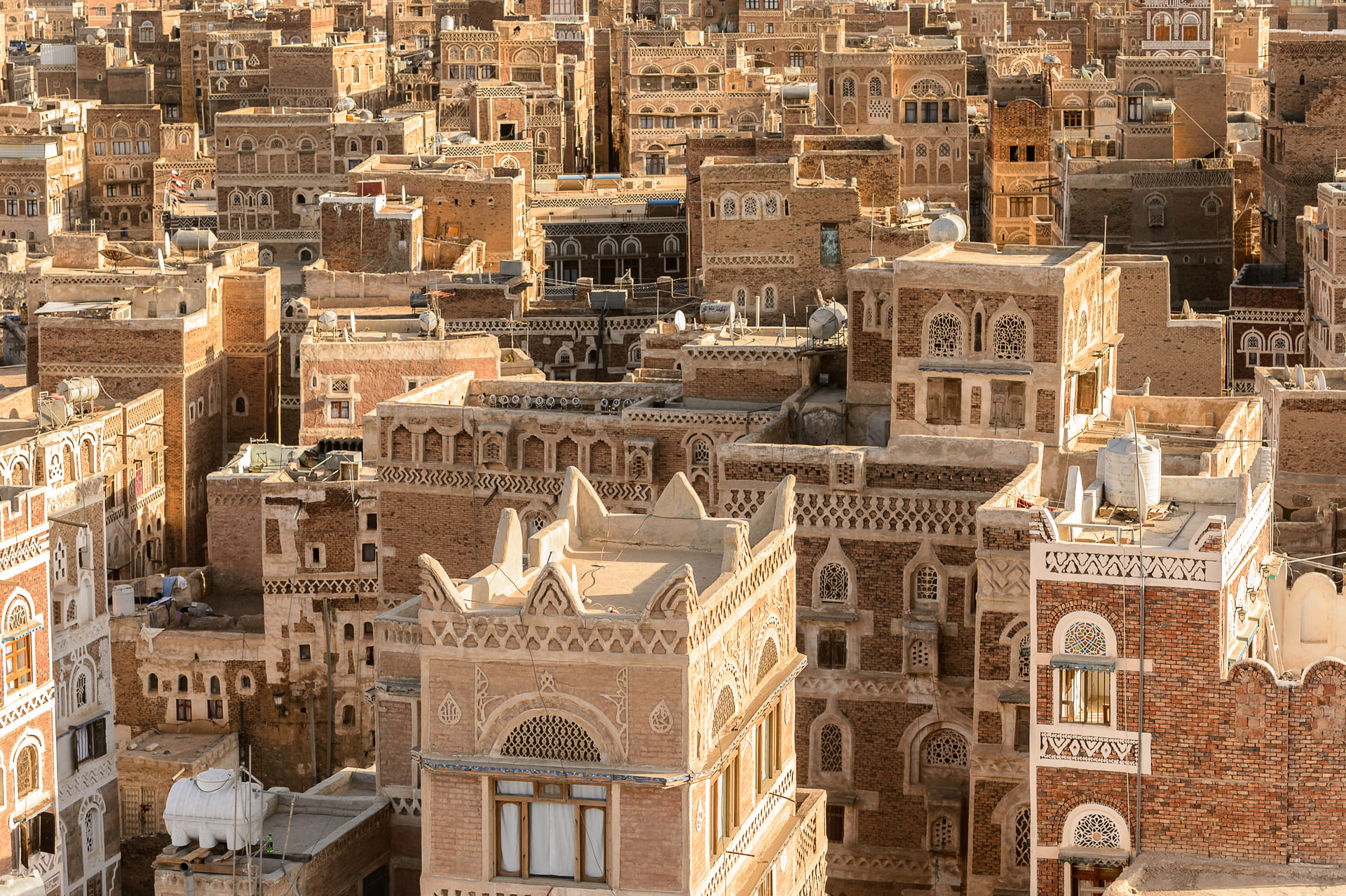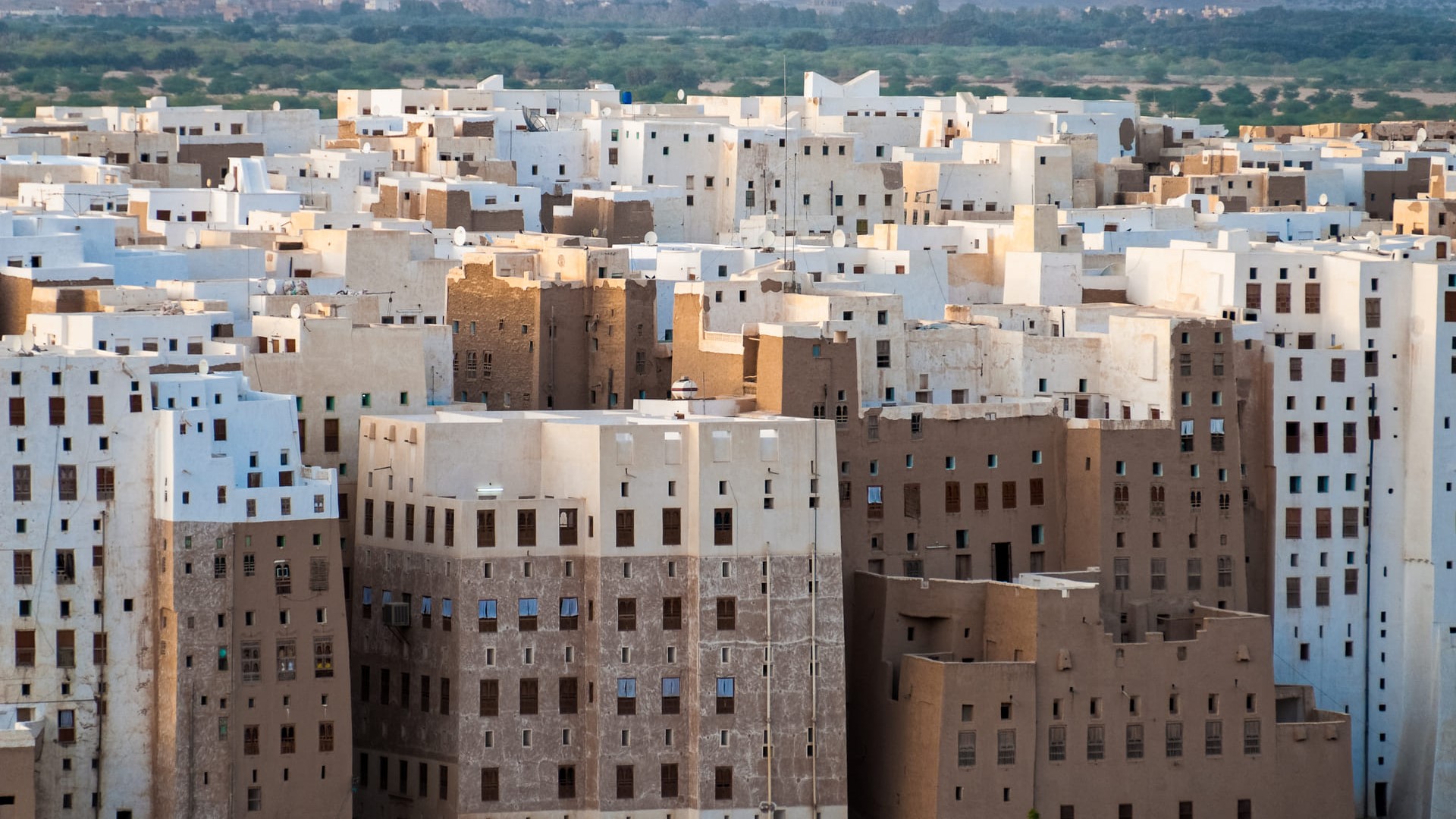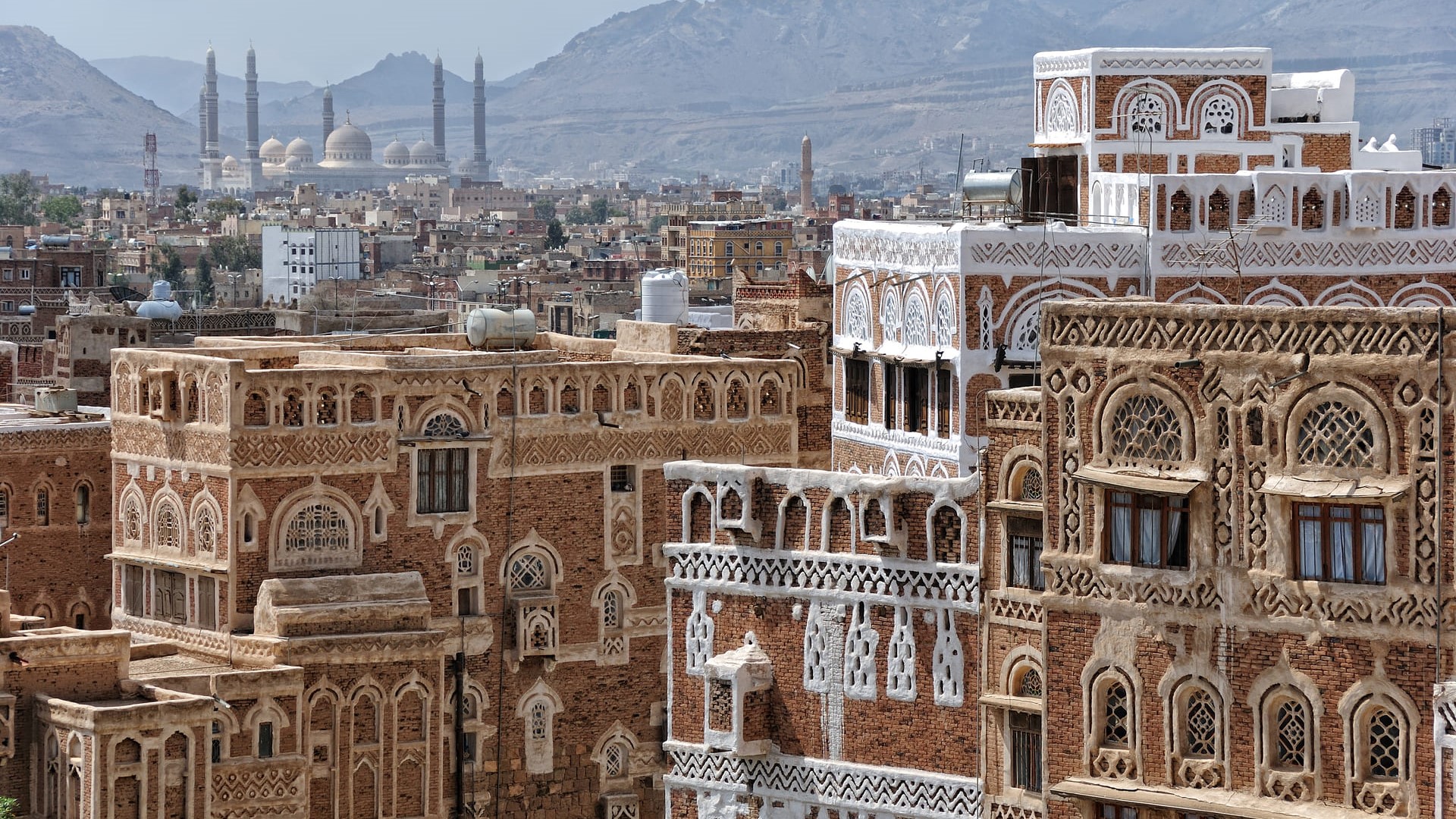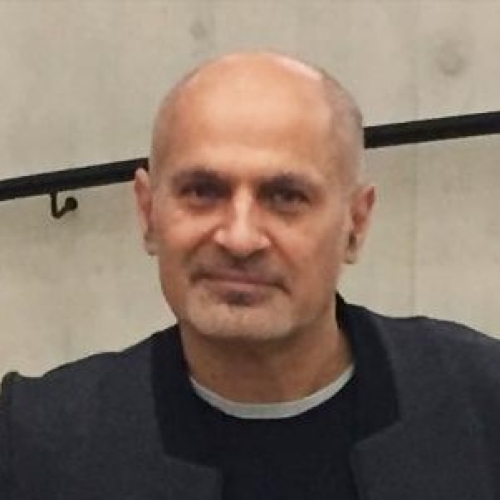Urban inclusion in Middle Eastern cities
Cities in the Middle East are experiencing civil war, destruction and occupation. Sustainable redevelopment is only possible when socio-cultural inclusion is considered. The most effective way is to promote inclusive societies through urban integration.

Urgent need to address Sustainable Development Goal 16 in the Middle East
Nowhere more than in the Middle East today do we need to address Sustainable Development Goal 16: promote peaceful and inclusive societies for sustainable development, provide access to justice for all and build effective, accountable and inclusive institutions at all levels. Cities in this region that are historically rich are experiencing civil war, destruction, and extensive, rapid re-development, sanctions and occupation.


Destructive change in countries that are rich in natural resources
Two types of destructive change affect cities and communities in the Middle East. First, there are civil wars in Iraq, Iran, Syria, Libya, Yemen and Palestine. Second, issues of market driven globalisation that are manifest in the form of excessive waste and consumption that are the result of exclusive and unjust wealth distribution in the region. Both forms of change have resulted in material and immaterial segregation of neighbourhoods and gated communities.
Consequently, contemporary Middle Eastern cities are fragmented and suffer from a ‘new geography of exclusion’ driven by free markets and massive privatisation of public assets. There is deep concern that both forms of destructive change are taking place in countries rich in natural resources and history.
The results of these changes erase urban forms, and consequently erode traces of a city’s identity and its extraordinary vernacular forms and techniques. These elements were once affordable for the majority of families and provided mixed communities with access to social provisions. Unless urgent action is taken, these basic, familiar elements will disappear and be replaced by global, exclusive, and alien technologies and forms of gated communities. The impact of these creates segregated and fragmented urban forms, which to some extent amplify friction and conflict.
Sustainable redevelopment only possible when socio-cultural inclusion is considered
While some ancient cities in Iraq, Syria Libya and Lebanon are burning and being destroyed, global private companies are employing design teams to plan their reconstruction on a massive scale. Genuine sustainable redevelopment must not be limited to discussions about renewable energy only. Sustainability in any urban development is only possible when socio-cultural inclusion is considered, and this means mixed-use designs and access to resources for all.
Close consultation with a range of communities, age groups and genders should inform sustainable development. At the same time, architects and urban planners must urge the protection of historic civic traces, the identity of a city and its socio-cultural practices.
Promote inclusive societies through urban integration
The most effective way to contribute to the Middle East peace process is to deter social conflict by stitching the fragmented city together and discouraging gated communities. This integrated process for sustainable development should closely follow the Sustainable Development Goals to promote peaceful and inclusive societies through urban integration.
Industrial sectors
- Manufacturing
- Electricity, gas, steam and air conditioning supply
- Water supply; sewerage, waste management and remediation activities
- Construction
- Financial and insurance activities
- Education
- Human health and social work activities
Habitat at the New European Bauhaus Festival and the STI Forum
This story is part of “Habitat: Embracing change in the post-2030 future”. Habitat was discussed at the side event “New habitats for the post-2030 future” during the New European Bauhaus Festival on 10 June 2022. At the STI Forum of 2023, a science policy brief recommendation on Habitat was published under the category “science-policy-society interface”: Enablers for transformative change to sustain people and nature-centred world. Download recommendation >
Contribution to story
- This is “HABITAT: Embracing Change in the Post 2030 Future” Exhibition designed and curated by Dr Sandra Piesik, 3 ideas B.V in collaboration with HABITAT Coalition and VITO
- Copy editing by Katleen Vandormael, Communication Manager G-STIC, VITO
- Cover image: Architecture of the Old Town of Sana’a, Yemen. UNESCO World heritage © Anton Ivanov, Shutterstock
- “HABITAT: Vernacular Architecture for a Changing Planet” published by Thames & Hudson
- “HABITAT: Vernacular Architecture for a Changing Planet” published by Abrams
- “Habitat: Traditionelle Bauweisen für den globalen Wandel” published by DETAIL Special
- “Habiter la planète: Atlas mondial de l'architecture vernaculaire” published by Flammarion First Prize Winner at “J’aime le livre d’art”, Paris 2017
- “HABITAT: Arquitectura vernácula para un planeta cambiante” published by Blume
- “HABITAT: Vernacular Architecture for a Changing Climate’ published by Thames & Hudson UK, USA, and Shufuhsa
